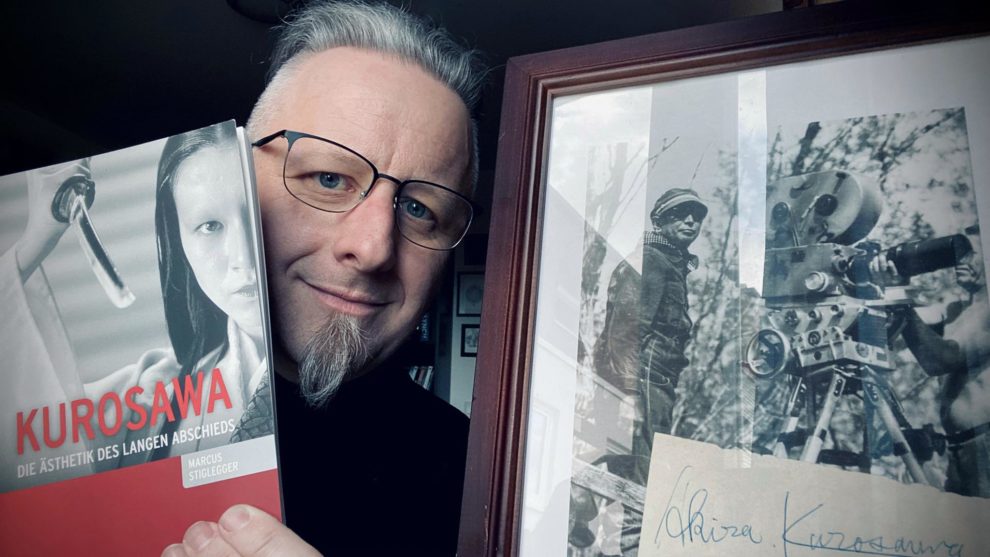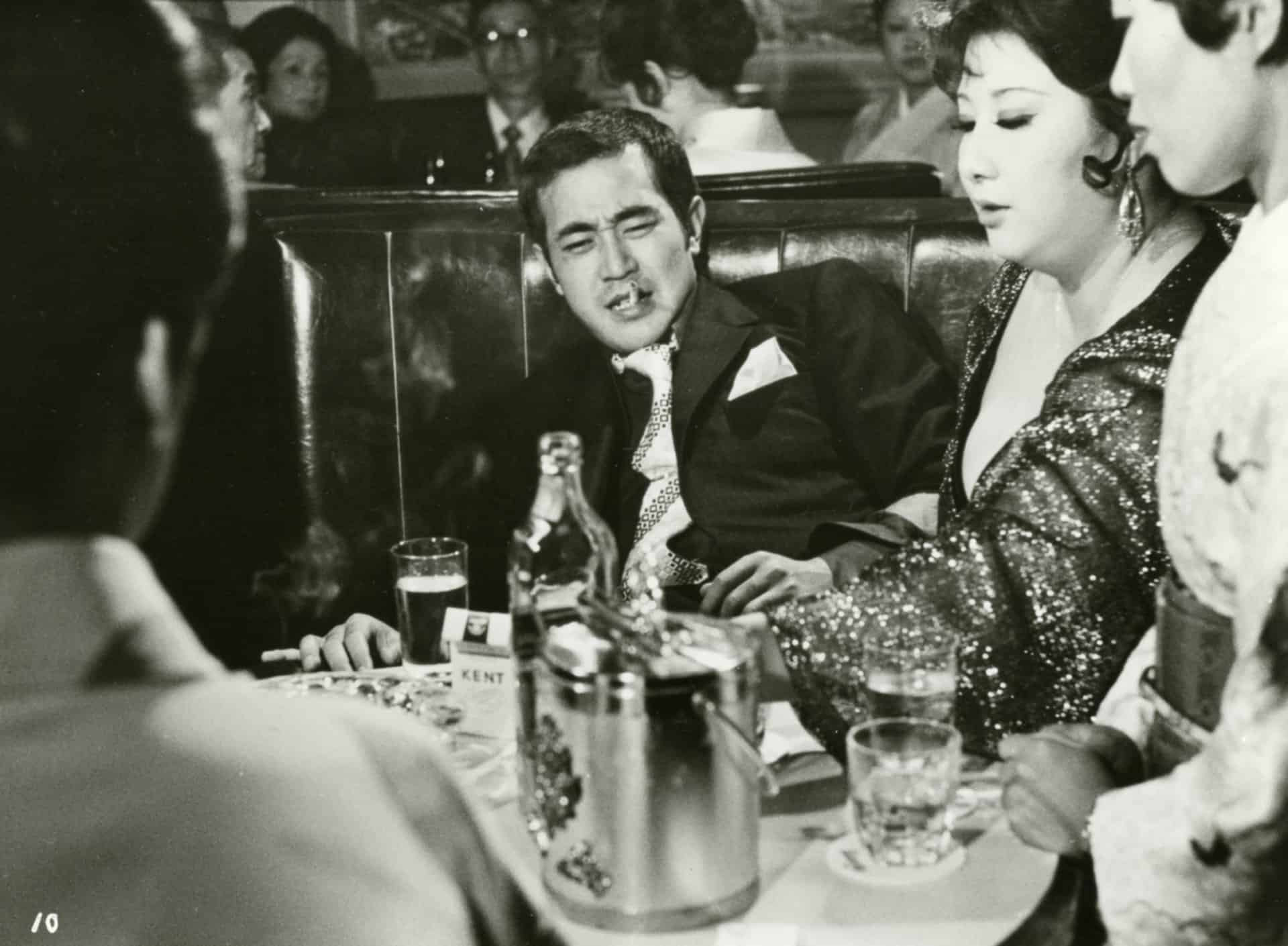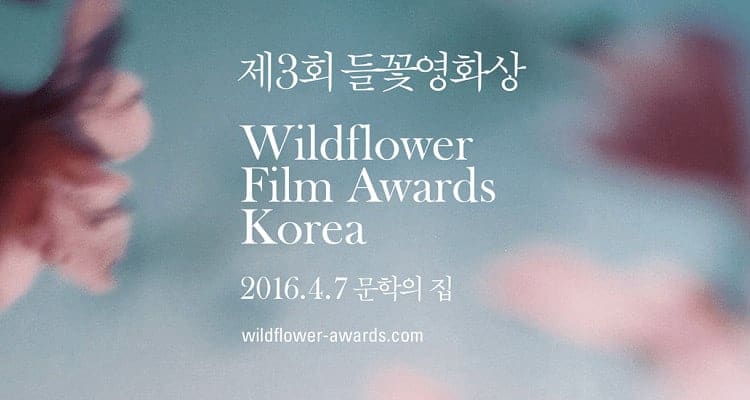Dr. Marcus Stiglegger is an Austrian film scholar, publicist, musician and occasional director. Over the years, he has made a name for himself with countless publications in the fields of film and media theory in German, but also in English. He has been part of commentaries and other extras for editions of movies published by Arrow Video, Capelight and many other publishers. Stiglegger is the author of books like “Terrorkino. Angst/Lust im Körperhorror” (Terror cinema. Fear and lust in body horror), “SadicoNazista. Geschichte, Film und Mythos” (SadicoNazista. History, Film and Myth) and “Grenzüberschreitungen. Exkursionen ins Abseits der Filmgeschichte” (Transgressions. Excursions into the marginalized areas of film history) among many others. Additionally, he has written many essays on directors such as Abel Ferrara, David Cronenberg, William Friedkin and the western genre. His latest work includes the essay collection “Berlin Visionen. Filmische Stadtbilder seit 1980” (Berlin Visions. Cinematic images of urbanity since 1980) with co-publisher Stefan Jung and “Schwarz. Die dunkle Seite der Popkultur” (Black. The dark side of popular culture).
Among his many publications, he is also the author of a book on Akira Kurosawa titled “Kurosawa. Die Ästhetik des langen Abschied” (Kurosawa. The aesthetic of the long goodbye) which serves as both, an insight into life and work of the famous Japanese filmmaker, but also into the various narrative and aesthetic aspects of his features.
In an interview about this specific publication, we talk about Dr. Stiglegger's approach, his past in martial arts and the multiple facets of one of the leading figures in Japanese cinema.
In your book you talk about how Kurosawa and his work received a very different reception in the director's home country when compared to the attention he received in Europe, for example. What do you think was or still is the reason for this?
The way Akira Kurosawa's features were received in Japan were depended on multiple factors of the time in which they were released in cinemas. However, that also changed later on.
Kurosawa began his career as a director during World War II, making films which were heavily influenced by the politics of the time and the ideology of the ruling system, in this case the nationalist Empire of Japan. Many of his colleagues worked in a similar manner and on similar projects, so that Kurosawa most certainly did not stand out among them in the beginning, which is why it is difficult to tell what kind of reception he received.
Nevertheless, this changed as soon as Kurosawa started to develop a style of his own. But the reception was first skeptical or even hostile, with works such as “One Wonderful Sunday” being considered as attempts to copy Hollywood cinema. This is also why many regarded him as a director trying to implement Western aesthetics into Japanese cinema -a prejudice based on these early, lighter works and their imagery. This is important to emphasize, since this idea most certainly cannot be applied to “Rashomon” or the works which followed.
It was perhaps “Drunken Angel”, which was received as a kind of film noir, and where he worked with Toshiro Mifune and Takashi Shimura, who became frequent collaborators in many of his other features. This was the point when the way he was regarded began to shift.
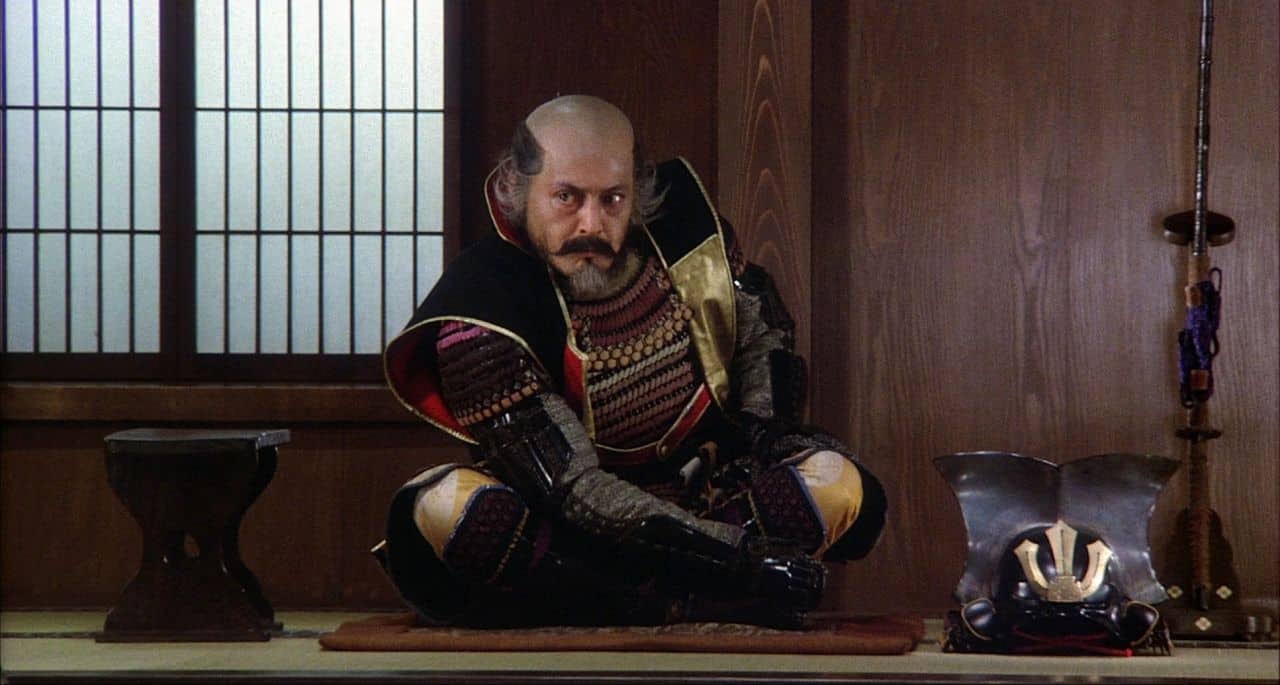
Coming back to “Rashomon”, I find it interesting that this particular film was originally not meant for a screening at Venice Film Festival, where it won the Golden Lion. If this had not happened, Kurosawa would not have gotten the attention and reception he received in the years to come. It was due to an intervention by a festival programmer in the West that “Rashomon” was screened in the end. This leads me to the assumption that Kurosawa and his work were never regarded in the same respectful manner in Japan as they were in the rest of the world.
Later on, features like “The Idiot” and “The Lower Depths” were received with a certain reservation, since they were based on Western source material. The real change came with the movies which he is now famous for, “The Seven Samurai”, “Throne of Blood”, “The Hidden Fortress” and “Yojimbo”, which marked the most commercially successful period of his career, and a shift in the way he was received, because he was now, also in his home country, seen as someone who could make “big pictures”. You can compare his reputation and status at that time to someone like Ridley Scott today.
Paradoxically, after “Yojimbo” and “Sanjuro”, this again changed, as Kurosawa, although he was around 50 years old, gained the reputation of an old-fashioned filmmaker. Additionally, after the commercial failure of “Red Beard”, he garnered the status of a failed director, someone unable to make another financially successful and modern feature, which was a misconception Kurosawa tried many years to correct. This also lead to a personal crisis, culminating in Kurosawa's suicide attempt after the failure of “Dodesukaden”.
As we all know, the director went abroad, first to Russia where he made “Dersu Uzala” and he got help from US-directors George Lucas and Francis Ford Coppola, which started the period of his life, when he regained some of the former glory and reputation. “Kagemusha” being co-financed by Fox, and “Ran” as well as “Dreams” being financed by France respectively the US (Steven Spielberg), leads to the conclusion that he probably would have never been able to get that kind of money in his home country at that period.
In the end, I would say Akira Kurosawa is most certainly regarded as an important director for Japan today, but during his lifetime he received the most respect and attention between “Rashomon” and “Yojimbo”. His reputation is indisputable, but this idea of the old-fashioned filmmaker in his home country was not altered with his last features, since neither “Rhapsody in August” nor “Madadayo” were discussed in great detail or attracted large crowds of cinemagoers.
What is interesting about his career, which is similar to the biography of many artists, in Japan or elsewhere, is how the reputation and reception of a person depends on international praise, awards and other factors. In his country, Kurosawa was more like a seasoned professional, or has been regarded as such for a long time.

Would you say that the commercial failure of features like “Drunken Angel” or “The Bad Sleep Well”, especially in Japan, is also connected to their rather critical image of Japanese society and politics?
What I really admire about Akira Kurosawa is that he has always been a nonconformist, throughout his whole career. Even though he knew about the concept of bushido and cherished the idea of loyalty expressed in it, he directed movies which openly criticized society, systems and ideology. You can see that in the protagonist in “Ikiru” who has the choice of leading a hedonistic life, but instead opts for something completely different, something which even surprises the viewer when you see the movie for the first time. He gets back to his idea of loyalty and duty, but does something quite extraordinary, something out of the norm within this framework.
In his first feature, “Sanshiro Sugata” the protagonist goes to a different sensei, thus violates the concept of loyalty, but this action is attributed to the moral corruption of his old master who is a drunkard and represents Western values. By the way, this resulted in the film being censored in Japan.
To name one last example, “The Men Who Tread on the Tiger's Tail” was made during the US occupation, when it was forbidden to direct films about Japan in the Edo era. Especially jidai-geki were observed, for the US authorities feared these stories would include the spirit of ‘kamikaze' etc. Then, in the 1960s, the time of Seijun Suzuki and Nagisa Oshima, he directed a three-hour-long period drama about a doctor during the Edo era, ‘Red Beard'.
These example should serve to highlight how much of a nonconformist Kurosawa really was.
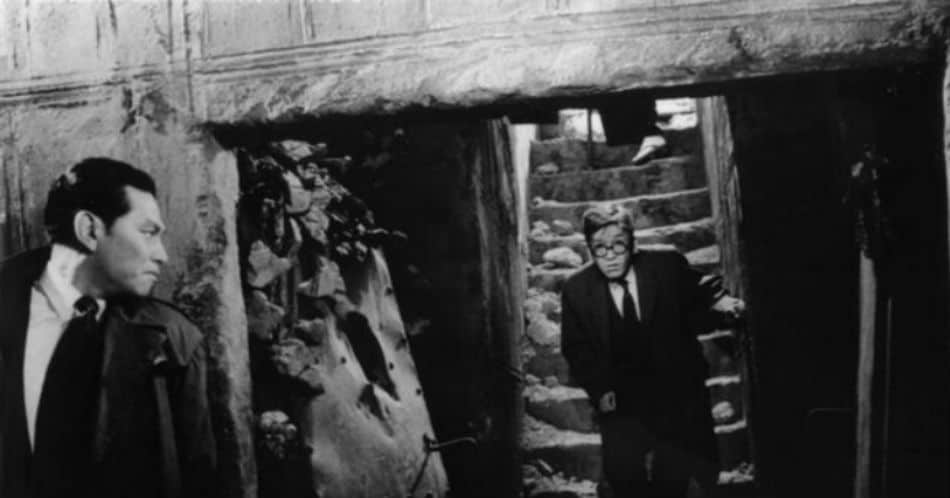
Your approach to Akira Kurosawa's work has been influenced not only by you being a film scholar, but also by you experience in the fields of martial arts for many years. How did the latter aspect shape your view on his films?
To be able to do this book, being founded by the academic project The Asian Impact, and finding a publisher have been great privileges. No one demanded a book on that subject matter at the time, so when I decided to pursue this enterprise, it was something I really wanted to do.
My involvement with traditional martial arts began when I was eleven years old, watching the mini-series “Shogun” on TV. I was fascinated by the style and the aesthetics and started doing martial arts, first judo, then jujutsu, and finally kendo and iaido, which is basically meditating with a metal sword alone. You learn certain techniques which are used in the works of Kurosawa and many others, which leads me to believe that the director himself and also his stars, especially Toshiro Mifune, knew these techniques as well. The cutting of the stomach at the end of “Sanjuro”, to give one example, is one of these basics moves, so-called katas, practiced in iaido.
Additionally, Kurosawa's father was a kendo instructor, and he came from a samurai family. These ideas and techniques infused the features, even those which may not be so obvious. A film like “Ikiru” shows how a person can live a bourgeois life with a moral drive when obeying the principles of bushido. These principles do not just constitute a code for warriors, but also one which is about moral and ethics, about doing the right thing, so to speak.
In the end, my background in martial arts, my travels to Japan in 2001 and several viewings of the features have resulted in me thinking about how I could possibly write anything new about a director, whose works have been analyzed and dissected quite a lot. One of the greatest inspirations was Steven Prince's “The Warrior's Camera”, but at the same time I felt the melancholic nature of Kurosawa's works and their affinity towards death had not been defined fully. This has less to do with fighting or huge battle scenes, but rather with characters who knew their era is about to end, which is especially true for later features like “Kagemusha” and “Ran”. Even before, in “Seven Samurai”, for instance, we get a glimpse of that type of melancholy, when the presence of a firearm suggests at the end of an era. This is the essence of the aesthetics of the long goodbye, as the title of the book says.
At the same time, I wanted a work which was easy to read while also meeting certain academic demands. Interestingly, the book did not receive a lot of attention when it came out some years ago, but for some reason has gained readers over time, with the interview I am doing right now being evidence to this fact.
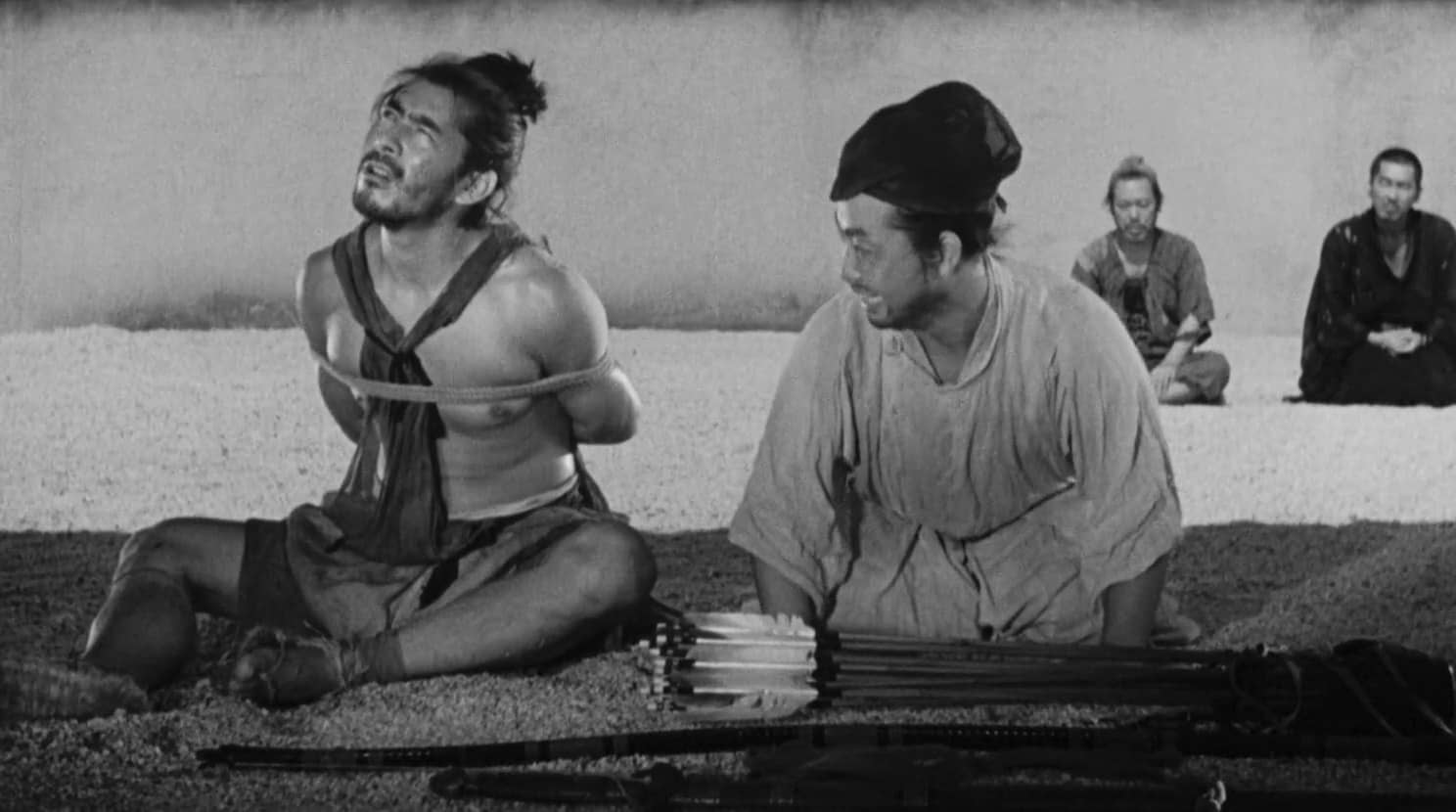
If the book is translated into English, what would you think of the translation of the title into “The Aesthetics of the Long Goodbye”? Was the reference to Raymond Chandler's “The Long Goodbye” intentional?
Yes, it was. I am a great film noir and Raymond Chandler fan, especially of Robert Altman's adaptation of “The Long Goodbye” and its main theme. Ever since I watched that film for the first time when I was around 18, I tried to figure out what it meant to define life as this “long goodbye”, a long-winded road towards death, in a philosophical sense.
To answer your question, I would be okay with the translation, but would double-check with a native speaker whether he or she understands what I am trying to say.
To come back to film noir, I always regarded a film like “Yojimbo” in a similar way as, for example, classic works of the genres such as “Bad Day at Black Rock” by John Sturges. It is a similar principle with a stranger arriving in a small town and getting rid of all the bad guys, which was then repeated in other films like Walter Hill's “Last Man Standing”. I would even more support the idea of “Drunken Angel” or “Stray Dog” being Japanese noir.
What do you think about the state of film studies in general in Germany?
Well, that is a complicated issue. To write a book about Akira Kurosawa or do a seminar about his work sounds like a typical approach since his films, among the works of many other great directors, are where you would start, but the opposite is true. Film studies today is more occupied with, for instance, queer and gender studies or political documentaries, essentially marginalized cinema, but not classical cinema represented by people like Kurosawa. German film studies try hard to become media studies and miss to recognize the unique and highly important status artistic film making has within the arts. Even the term ‘art' is rejected within recent German film studies as a ‘canonizing concept'. This might change again – but younger scholars at the moment shift towards dealing with the ‘mediality of film' rather than its aesthetics or history. In my personal opinion, there is room for all of this within film studies. But forgetting tradition and history will not help film studies to keep an important status within academic frames.
Thus, ‘art of cinema' has become a term associated with the educated classes, whereas genre cinema is considered (again) trivial and only worth further discussion when it tackles socio-political themes. Twenty years ago, I gave lectures and seminars on horror and thriller genres, which has now become relatively scarce within film studies at German universities.
By the way, I began my academic career studying theater under professor Erika Fischer-Lichte, who focused on the aspect of performance, which might explain why that particular concept keeps coming up in my books and essays. Later on, when the first courses in film studies were offered, I applied for them. In the end, the combination of these aspects, film studies, theater studies, ethnology and philosophy, helped me quite a lot in my academic career.
To tell you the truth, if you only concentrate on film studies, what kind of career are you pursuing in a culture where academic film criticism is gone? There are very few jobs and writing books is paid badly, which proves the point of the classical field being not well-funded and defined by marginalized approaches.

Coming back to Kurosawa, what is, in your opinion, the director's most modern movie, when its comes to themes and aesthetics?
That is an interesting question, because I would certainly agree many of his features have very modern approaches or aspects to them. You can see this already in “Sanshiro Sugata” when he uses elliptic editing, very uncommon for the time the film was made, especially within Japanese cinema. Kurosawa also blends black-and-white elements with color, like in “High and Low”, to create a certain effect, which is a technique directors such as Steven Spielberg used later on in works like “Schindler's List”.
However, “Rashomon” has to be the film which brought his cinema to a whole new level. It is about the questioning of objective truth, also the truth of cinema itself, in a favor of a version of it. Until today, as we can see in Ridley Scott's “The Last Duel”, Kurosawa's idea of telling a story through multiple perspectives is used in cinema. While this concept was already contained in the short stories by Ryunosuke Akutagawa, Kurosawa added other layers to it, themes of humanity and compassion, and breaks with these versions of truth as soon as we hear the next perspective. That is quite modern, and I would say that every film fan and scholar must watch “Rashomon” at least once.
Thank you for the interesting conversation.
Further links:
Kurosawa's oeuvre (German) KUROSAWA | Ein Weblog zum Buch von Marcus Stiglegger (Edition Text + Kritik, München 2014) (wordpress.com)
Marcus Stiglegger's website https://stiglegger.de/
To buy the book, follow this link.


